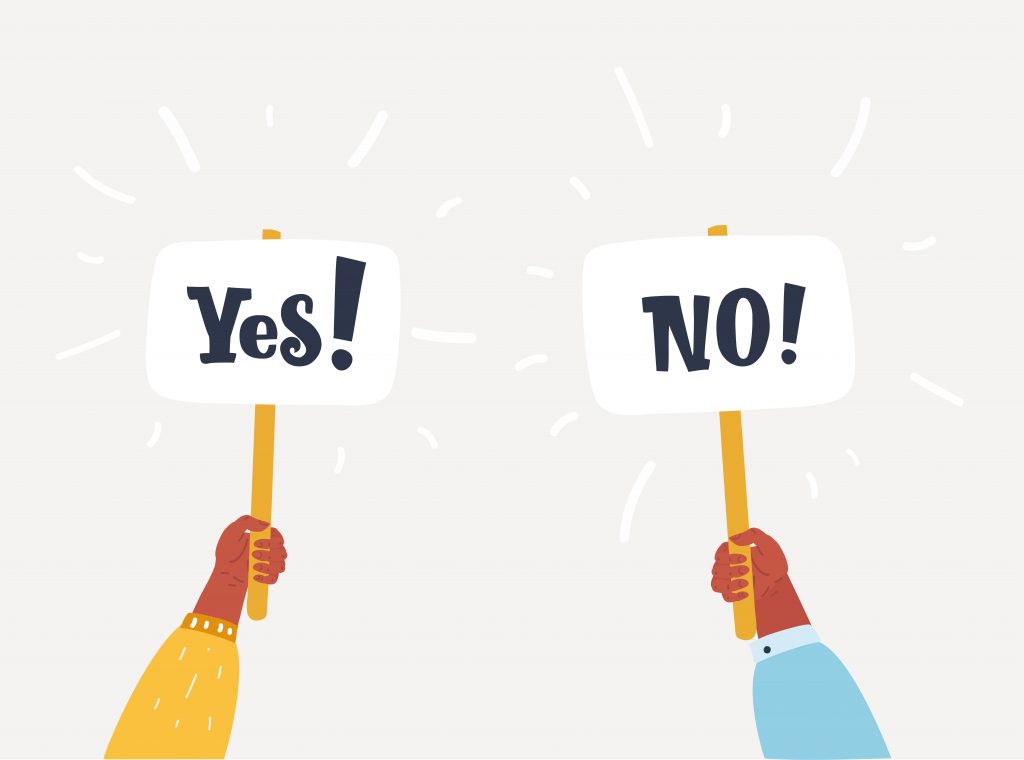Każdego dnia podejmujemy tysiące decyzji, z których wiele wymaga energii. Szczególnie w procesach aplikacyjnych, decyzji jest mnóstwo: Czy kandydat przejdzie do następnej rundy - tak czy nie? Niestety, często popełniamy błędy w tym procesie.
Proszę sobie wyobrazić, że ma Pan rozmowę kwalifikacyjną z młodą kobietą na wolne stanowisko w dziale marketingu. Ma doskonałe kwalifikacje, nieskazitelne CV, nienaganne oceny i jest miła, ale coś Pana niepokoi. Przechodzą Państwo do drugiej i trzeciej rundy. Wynik pozostaje bez zmian. Myśli Pan: "Dobra, spróbujmy". Zatrudnia ją Pan. Często odczuwany dyskomfort potwierdza się, co prowadzi do zwolnienia kandydatki w okresie próbnym. Albo decydują się Państwo spróbować jeszcze raz, by później ją zwolnić. Szalone jest to, że powtarzamy takie błędy, zapominając, że mieliśmy co do nich przeczucie. Co mogą Państwo z tym zrobić?
Proszę postępować w trzech krokach - zawsze dążąc do podjęcia fundamentalnej decyzji.
Krok 1: Dokumentacja
Proszę rejestrować jak najwięcej z procesu aplikacji. Na przykład, proszę podzielić kandydatów na trzy grupy po każdej rundzie. Kategoria 1: Zdecydowane "nie" lub brak pewności i skłanianie się ku "nie". Kategoria 2: Brak pewności, ale skłanianie się ku "tak". Kategoria 3: Zdecydowane tak. Przez lata dokumentowałem, którzy pracownicy należeli do której kategorii podczas procesu aplikacyjnego, co pozwoliło mi określić ich późniejsze wyniki.
Krok 2: Analiza danych
Oczywiście należy analizować zebrane dane. Na przykład, nauczyłem się, że kategoria 1 (Nie) zawsze oznacza Nie. Jeśli otrzymam wyraźne Nie podczas rozmowy telefonicznej, nie zapraszam tej osoby na dalsze etapy, ponieważ nigdy nie odniosłem sukcesu w takich przypadkach. Świadomie eksperymentowałem przez lata, zapraszając ludzi, aby zobaczyć ostateczny wynik. Obecnie nadal eksperymentuję z kategorią 2, ale wiem już na pewno: pracownicy, którzy byli w kategorii 2 podczas procesu aplikacyjnego, nie staną się później wysokimi pracownikami. Im więcej wiedzą Państwo na podstawie wieloletniej dokumentacji, tym lepiej mogą Państwo później podejmować fundamentalne decyzje.
Krok 3: Podejmowanie podstawowych decyzji
Po przeanalizowaniu danych proszę wyciągnąć wnioski, a następnie podjąć fundamentalne decyzje. Na przykład, zdecydowałem, że gdy tylko pojawi się wyraźne "nie", proces kończy się dla danej osoby, a nawet jeśli istnieją wątpliwości skłaniające się ku "nie", proces nie jest kontynuowany. Możliwe, że przegapię genialnego kandydata, ale ogólnie rzecz biorąc, oszczędzam znaczną ilość czasu i energii. Zdecydowałem również, że zatrudniam tylko osoby, które są entuzjastycznie nastawione do naszych produktów i naprawdę je lubią, ponieważ odkryłem, że robi to dużą różnicę później. Ludzie, którzy są entuzjastycznie nastawieni do produktów, mogą łatwiej zrekompensować braki w wydajności. Obecnie podejmuję około 7-10 fundamentalnych decyzji na stanowisko. Oszczędza to czas i energię.
Przy okazji: Proszę nie spieszyć się z szybkimi rozwiązaniami; proszę poświęcić czas na gromadzenie danych. W przeciwnym razie nie będą Państwo wiedzieć, na jakiej podstawie podjęto później decyzje.
Autor:
Debora Karsch, CEO i Master Trainer w persolog GmbH



